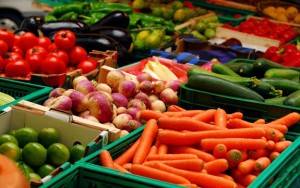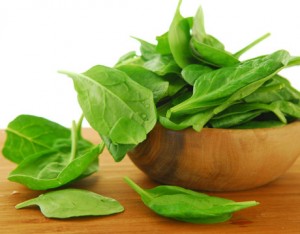Dietary Tips for Anemic Individuals
A person suffers from anemia due to lack of iron in his or her blood. The mineral iron is extremely important for our system as it is responsible for carrying oxygen from the heart to the other parts of our body. A person deficient of iron will get tired easily, find it difficult to work hard and will also have a weak immune system. Consuming a proper diet containing lots of food items rich in iron can help people to compensate the iron deficiency and get rid of anemia.
 Anemia due to iron deficiency is recognized as the most frequently occurring nutritional disorder of the world. Children and women are more susceptible towards developing anemia compared to the men. A child must take 7-11mg iron daily and the daily intake of iron for women between the age of 19 and 50years must be 18mg. Women who are in their childbearing age must consume more iron than those who are not because for the blood they lose every month through menstruation. All adult men and woman above 51 years of age must consume 8mg iron every day.
Anemia due to iron deficiency is recognized as the most frequently occurring nutritional disorder of the world. Children and women are more susceptible towards developing anemia compared to the men. A child must take 7-11mg iron daily and the daily intake of iron for women between the age of 19 and 50years must be 18mg. Women who are in their childbearing age must consume more iron than those who are not because for the blood they lose every month through menstruation. All adult men and woman above 51 years of age must consume 8mg iron every day.
Iron can be of two types; heme and nonheme. The first kind i.e. heme iron is derived from hemoglobin, proteins present in our red blood cells. The main sources of heme iron are the animal foods; this iron variant can be absorbed easily. The other form of iron i.e. the nonheme iron can be obtained from plant foods; food items fortified by iron can also act as the source of nonheme iron. The absorption of nonheme iron does not occur as easily as that of heme iron. Doctors suggest adding foods containing high levels of vitamin C for improving the body’s ability of absorbing nonheme iron.
All anemic individuals must make sure that they are consuming a minimum of a serving of food items containing heme iron every day. Some food items containing heme iron are: mussels, liver, clams, oyster etc. Every 3oz serving of oyster offer 13.2mg of iron. Every 3oz serving of beef liver offers 7.5mg of iron. Heme iron can also be obtained from food sources like sardines, shrimps and turkey.
The food items that can act as the source of nonheme iron include: lentils, beans, breakfast cereals, blackstrap molasses etc. 1 cup bran flakes offer 5.6 mg iron. ½ cup cooked chickpeas offers 3mg iron. Some other foods rich in nonheme iron are: spinach, tofu, canned asparagus, fortified bread, skinned potato etc. 1 cup sweet potato offers 1mg iron. A single fortified bread slice offers 0.9mg iron. If you want to improve the absorption of this iron variant, include vitamin C containing food items like broccoli, peppers, tomatoes, oranges, strawberries and kiwis to your diet.







